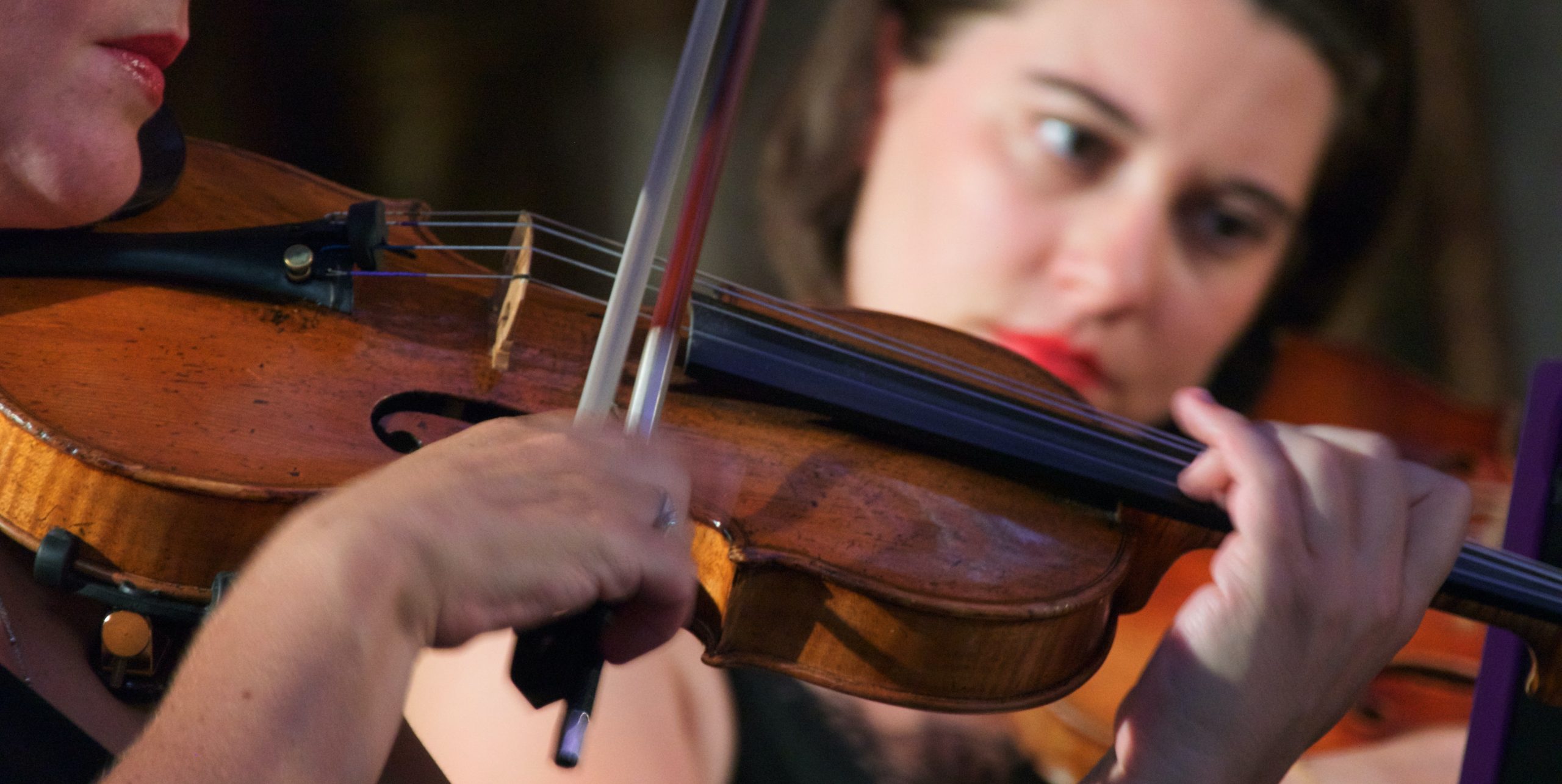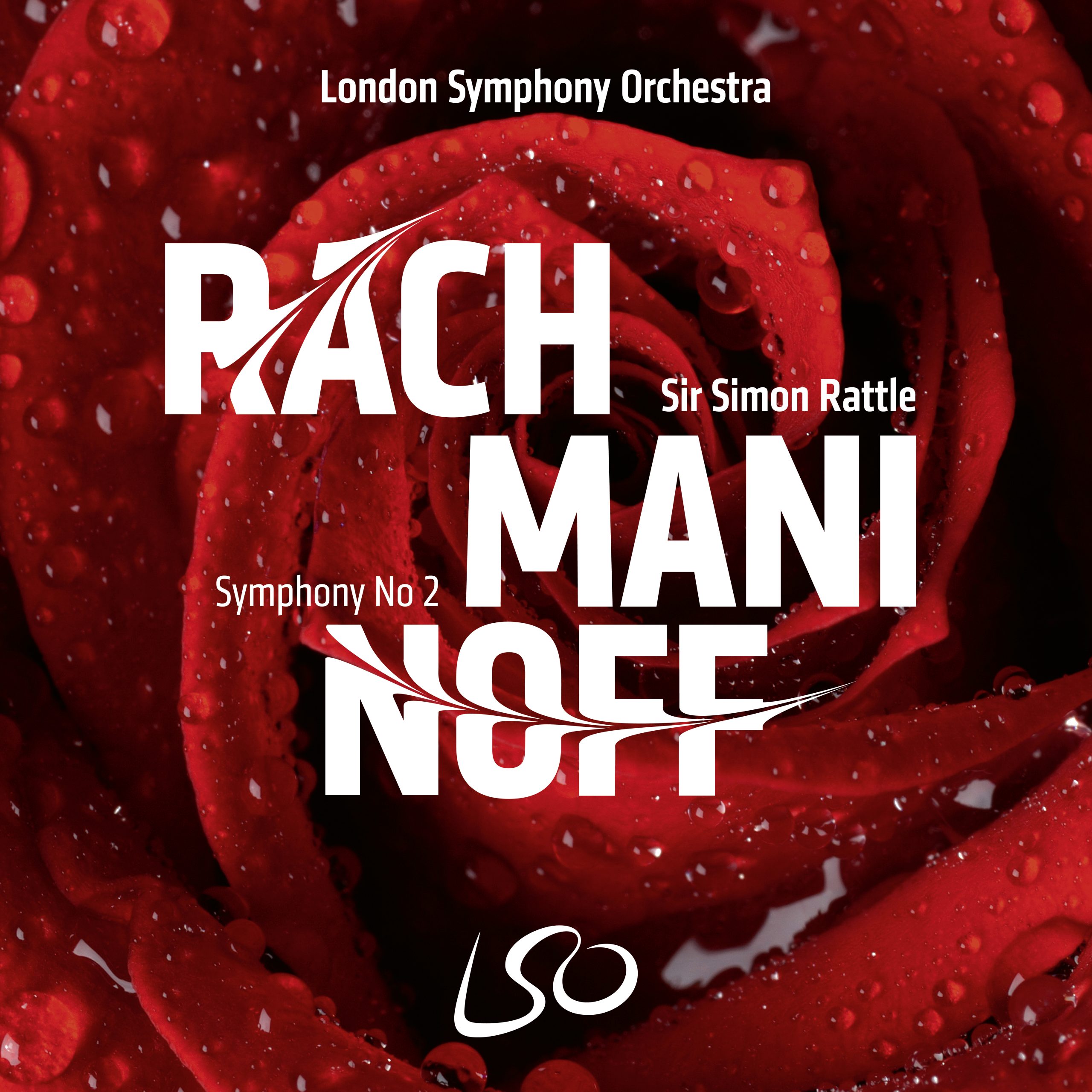This is Rob’s review of Rachmaninoff’s Symphony No.2 in E minor, Op.27 performed by the London Symphony Orchestra, conducted by Simon Rattle on the LSO Live label. Recorded live at the Barbican Hall, London in September 2019.
Rob reviewed the Stereo DSD 512 edition download from NativeDSD Music. Originally published in Audiophile Sound (Italy).
In 1973 André Previn and the LSO recorded a benchmark, uncut version of this great work for EMI, where they adopted free flowing, perfectly chosen tempi for each section and movement. Turn to Simon Rattle in the Lento introduction to the first movement and without any sense of self-indulgence you enter a more somber world, with more tempo variation, the glorious melodies are more consciously molded and the transition to the Allegro moderato is effortless. The first subject ebbs and flows, the second has a quiet sense of melancholy, the development is very dark (indeed throughout the performance one is reminded of the Isle of the Dead) the hushed ritartando prior to the recapitulation echt Romantic.
The Scherzo’s first theme is fast and buoyant, with imposing brass, the second beautifully phrased, as is the string melody in the Trio, which is announced with a jarring sforzando, forte chord and superbly played fugato, where, as always, Rattle delineates inner parts and one notes the way the LSO brass actually sound Russian in the codetta’s chorales with their echoes of the Dies Irae, Russian Orthodox music and in Rattle’s hands, Parsifal. You rarely hear a bad performance of the glorious Adagio and the LSO, led by the first clarinet Chris Richards, sing their hearts out and seem to speak to the listener, imbuing the codetta with a profound depth of feeling. In the Finale the big tune is wonderfully schmaltzy, every change of tempo entirely convincing, the coda a tour-de-force. All of which makes this a great performance that harkens back to an age where interpretive license was taken for granted.
LSO Live is one of a growing number of labels who record in DSD 256, which means the higher degree of modulation noise that helps make DSD the most natural of formats isn’t lost when edited in DXD, converted back, and doubled up to the DSD 512 reviewed here. However before looking at the sound you have to ask who on earth LSO Live employ to do their marketing, in that they seem to think it is a big deal that the score is uncut, which is now very much the norm and that Rattle didn’t use a score, which is strange given that he often conducts much longer works without one and loads of conductors do and did the same.
The actual sound is excellent. In the opening bars you can hear all the shades of piano and below Rattle creates in performance and the same applies at the other end of the spectrum, although no recording can equal the impact an orchestra makes live in fff passages. There is excellent clarity and definition with a suspicion of woodwind highlighting, although the Barbican acoustic is dreadful and Rattle’s careful balancing of parts may explain this.
Thankfully, given the marvelous melodies they are given, the string tone is sumptuous without becoming saccharine and again there is plenty of definition, so the sections are always audible. The brass rasp authentically, while the percussion has weight and crispness so you can hear the mallets hit the skins and as ever with DSD256 and above, instrumental timbres are far more natural.
The overall balance is mid-stalls, and the halls acoustic is vividly present as is the sense of being able to walk into the orchestra, which none of the PCM formats come near to equaling.
Performance: 5
Sound
Balance: 5
Inner balance: 4/5
Detail and clarity: 5
Dynamic range: 5
Blog header photo by Pascal Bernardon on Unsplash
Review originally published in Audiophile Sound (Italy).


